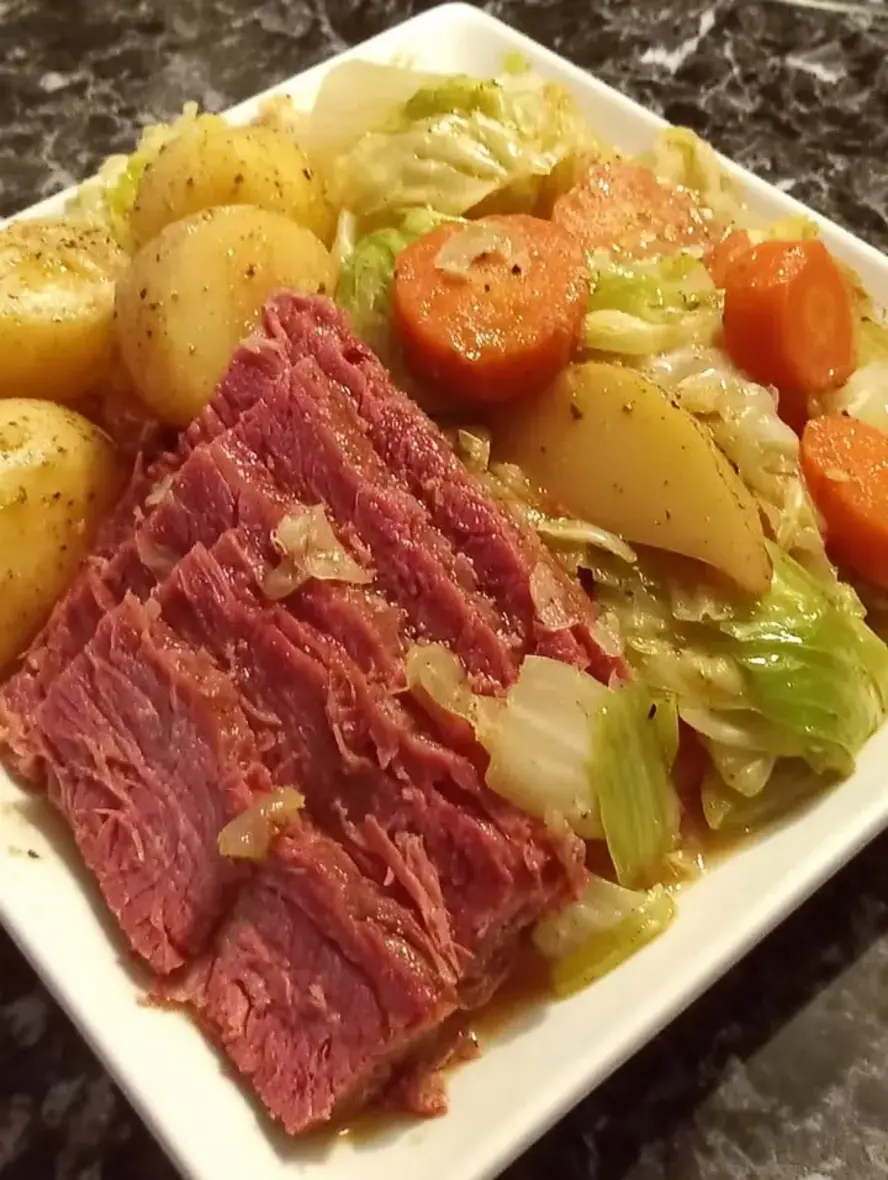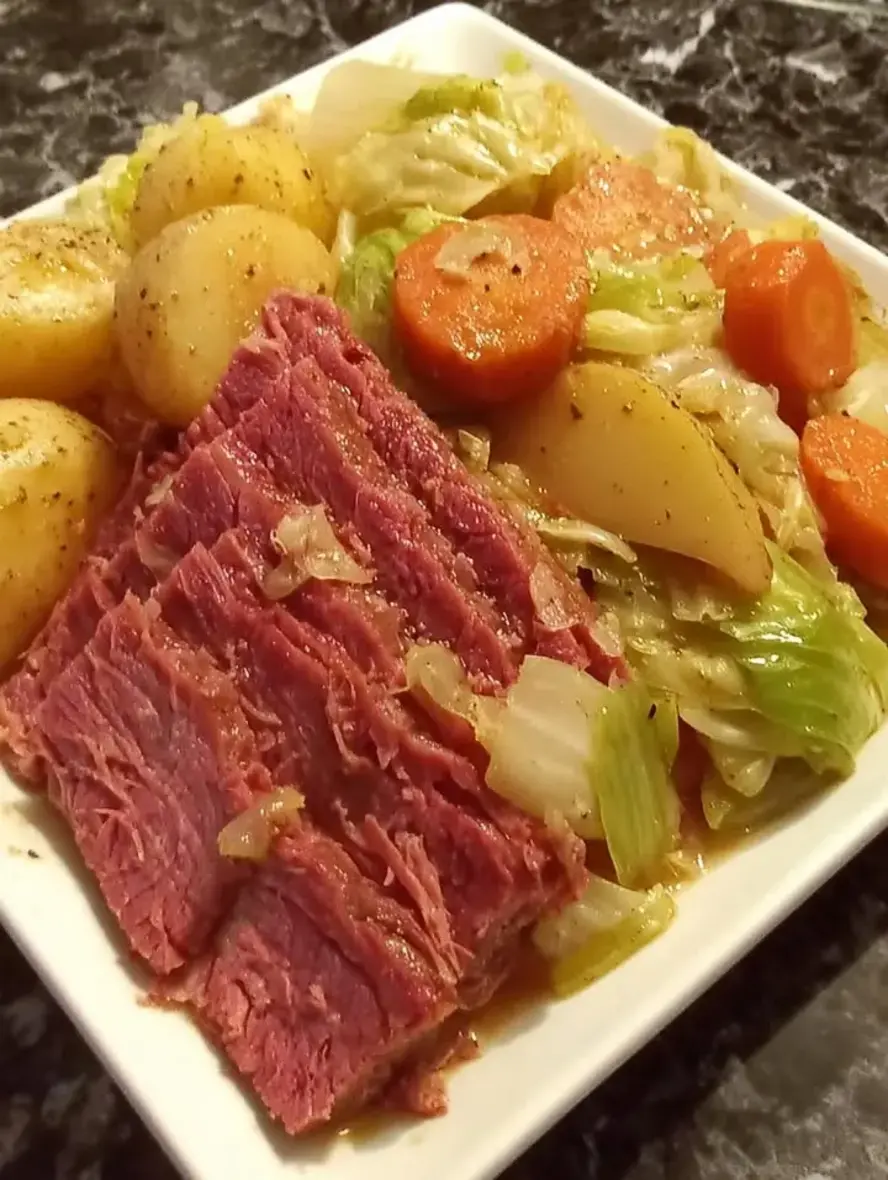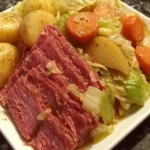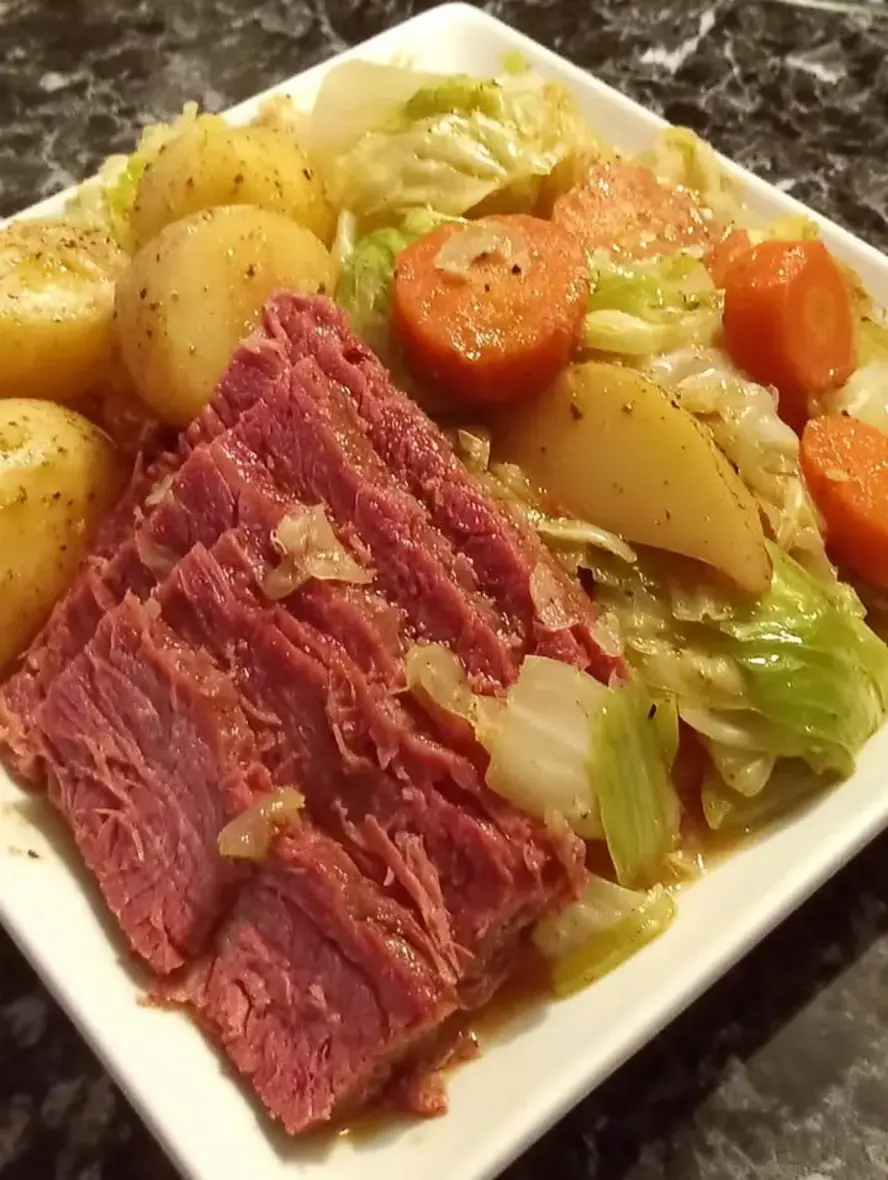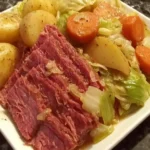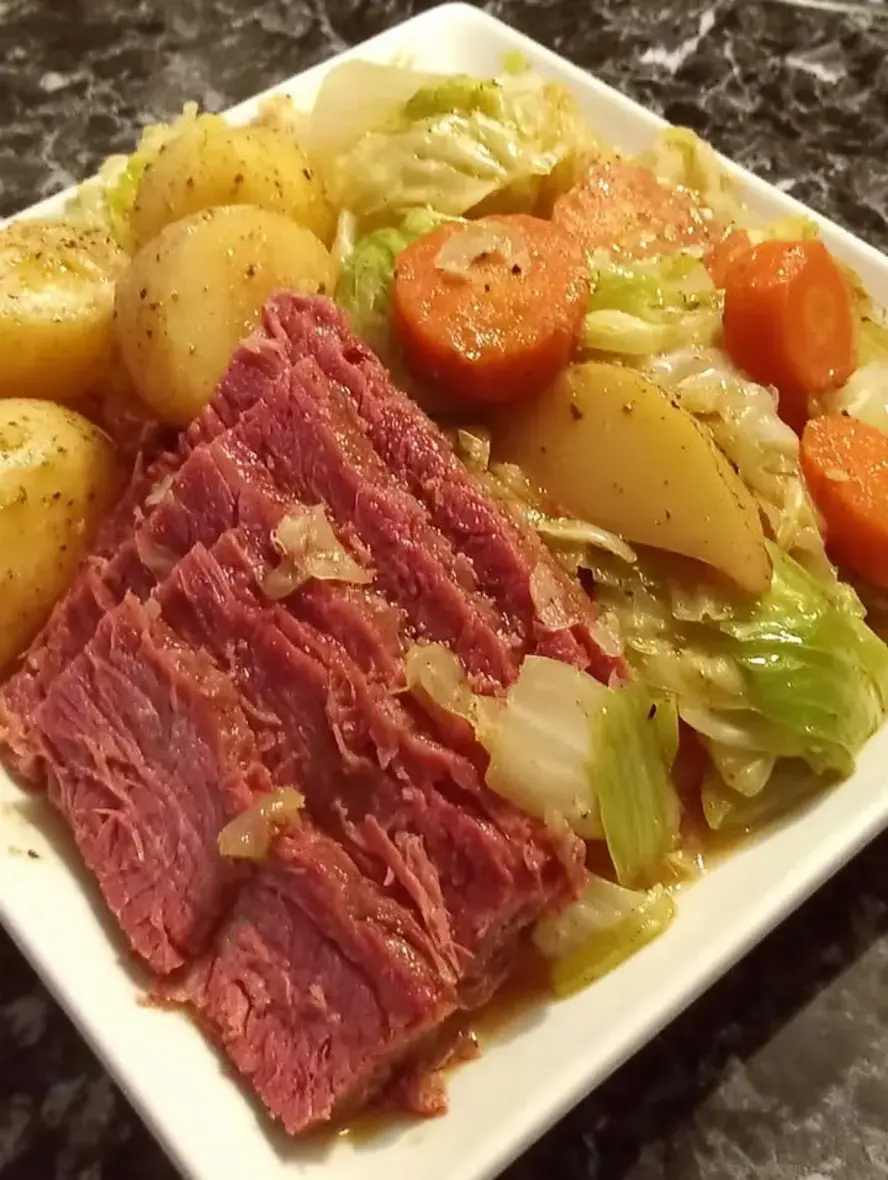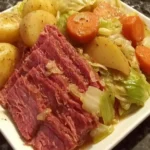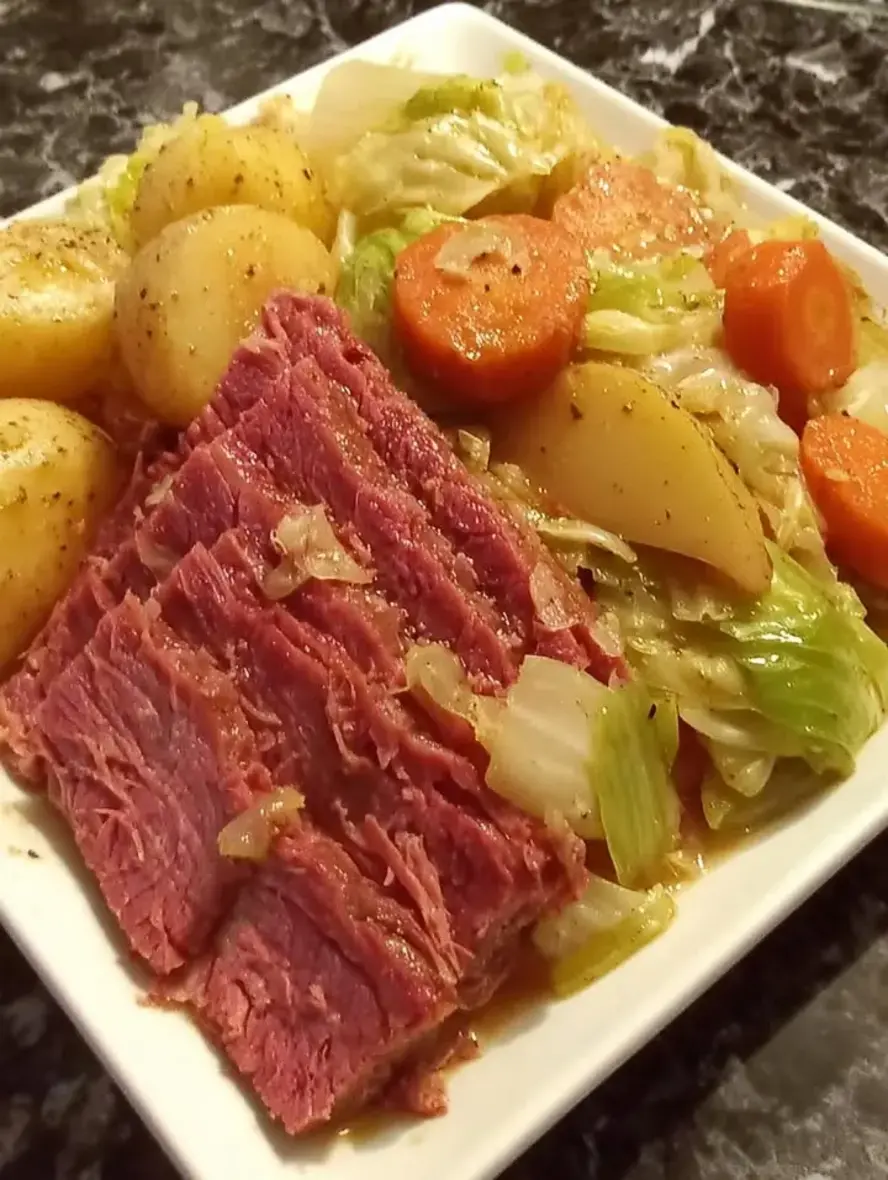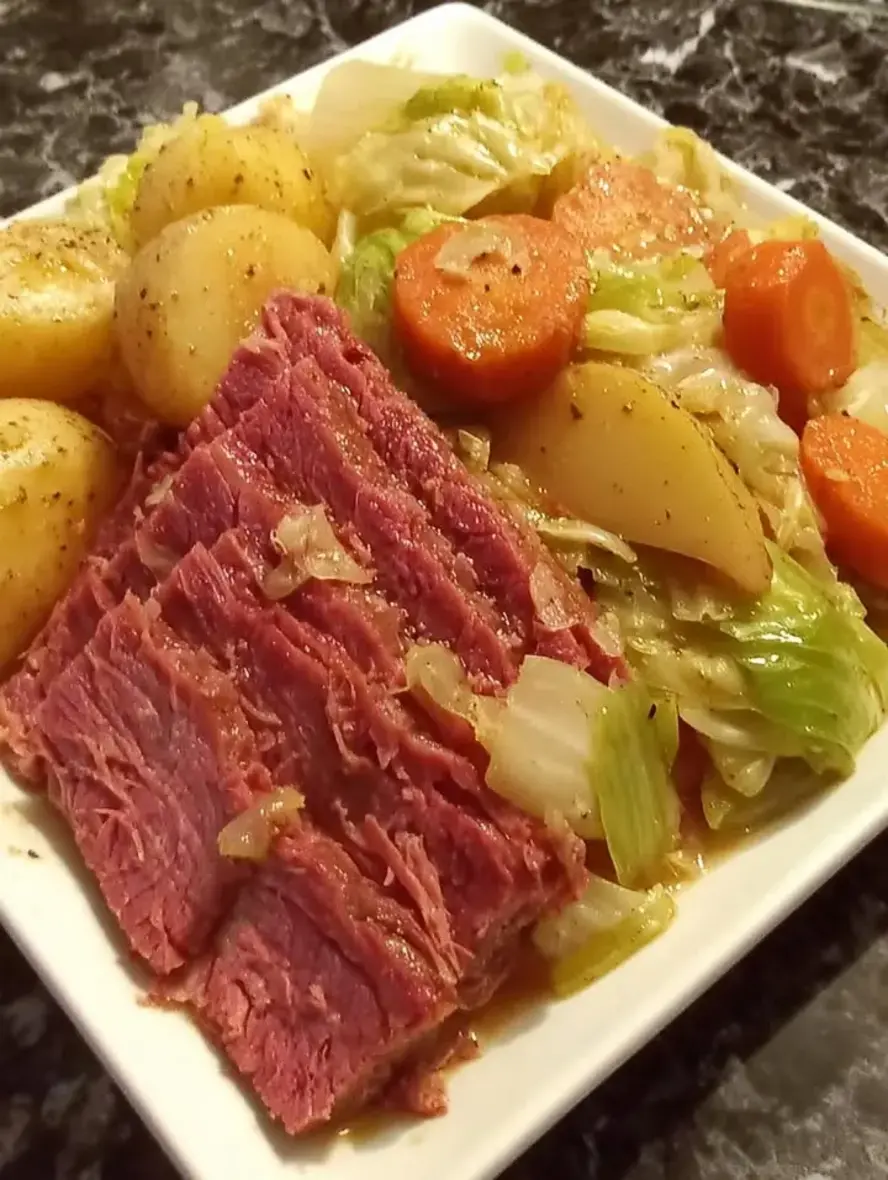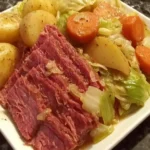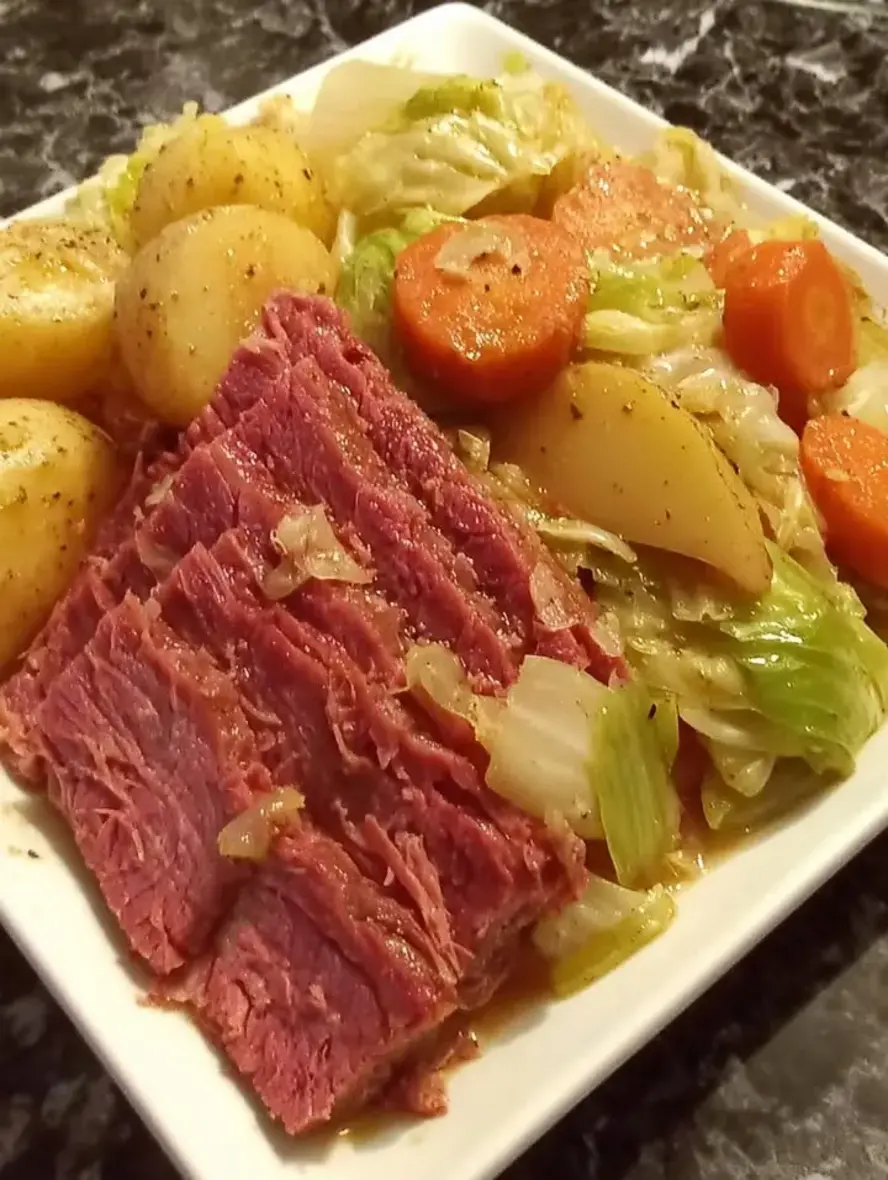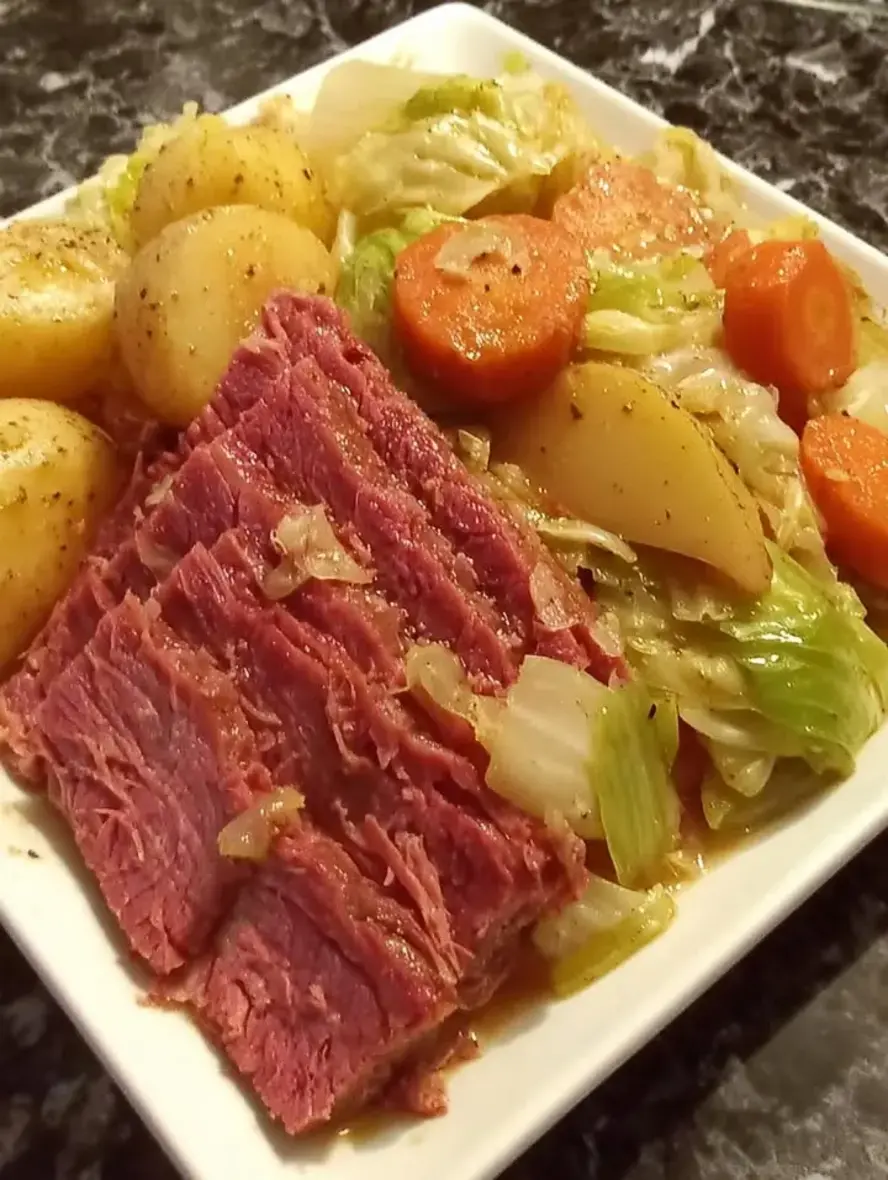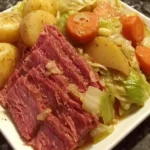Table of Contents
- Smoked Sausage with Green Beans and Baby Potatoes: The Ultimate One-Pot Smoked Sausage Meal You’ll Crave Forever
- Why This Smoked Sausage with Green Beans and Baby Potatoes Recipe is a Game-Changer
- Ingredient Spotlight: Quality Makes the Difference in This Smoked Sausage Green Beans Potatoes Dish
- Step-by-Step Instructions for the Best Smoked Sausage Casserole Recipe
- Serving & Presentation for Your Smoked Sausage with Green Beans and Baby Potatoes
- Make-Ahead & Storage Solutions for This Kielbasa Green Beans Potatoes Recipe
- Frequently Asked Questions (FAQ) About Smoked Sausage Green Beans Potatoes
- Tried This Recipe? Leave a Comment!
Smoked Sausage with Green Beans and Baby Potatoes: The Ultimate One-Pot Smoked Sausage Meal You’ll Crave Forever
Imagine walking into your kitchen on a hectic weeknight, craving something hearty yet simple to throw together. That’s where this smoked sausage with green beans and potatoes recipe shines as the ultimate one-pot wonder. As a busy home cook myself, I know how frustrating it can be to juggle multiple dishes when life is pulling you in every direction. But this kielbasa green beans potatoes dish changes the game—it’s a complete meal in one pot, loaded with smoky flavors from the sausage, fresh crunch from the green beans, and tender baby potatoes that soak up every bit of that savory broth. Within the first 100 words, you’ll see why it’s not just a recipe; it’s your secret to stress-free dinners that taste like they’ve been simmering for hours. Whether you’re making a smoked sausage casserole recipe for the family or prepping easy one-pot meals ahead, this sheet pan smoked sausage vegetables-inspired dish delivers big on comfort without the fuss. I’ve tested it countless times to ensure it’s foolproof, and trust me, once you try this one-pot smoked sausage meal, you’ll wonder how you ever dined without it.
Dive deeper into the senses, and this smoked sausage green beans potatoes medley becomes irresistible. Picture the sizzling kielbasa, releasing its smoky aroma that fills your home with a tantalizing promise of warmth. The green beans add a vibrant snap against the soft, buttery baby potatoes, which melt in your mouth after absorbing the rich, garlicky broth infused with paprika’s subtle spice. Each bite is a harmonious blend—salty from the sausage, earthy from the veggies, and roundly savory from the onions and garlic that caramelize just right. It’s not just food; it’s a flavor explosion that feels indulgent yet wholesome, perfect for those nights when you need something to lift your spirits. The textures play beautifully too: the slight chew of the sausage, the crisp-tender green beans, and potatoes that burst with starchy goodness. By the end of cooking, everything melds into a satisfying stew that’s as comforting as a hug, making this one-pot meal a sensory delight that you’ll recreate time and again. Plus, the mild heat from the paprika keeps it family-friendly, ensuring everyone at the table digs in without hesitation.
What sets this version from CookingWithEmy apart is our relentless focus on making smoked sausage with green beans and potatoes effortless yet elevated. We’ve refined the technique to highlight the one-pot method that locks in flavors without overcomplicating things, turning a basic smoked sausage casserole recipe into something extraordinary. You’ll learn the Chef’s Secret—a specific broth reduction trick that intensifies the smokiness and makes the potatoes unbelievably tender. Backed by years of kitchen testing, this recipe is trusted by thousands of home cooks who rave about its reliability. As the single best resource on the internet for this dish, we’re providing not just steps, but insider tips, substitutions, and answers to burning questions like “What can I use as a substitute for smoked sausage?” or “How long does it take to cook?” Get ready to feel like a pro chef in your own kitchen with detailed nutrition info, make-ahead strategies, and even vegan swaps. By the end, you’ll have a kielbasa green beans potatoes masterpiece that’ll become your new weeknight staple, and you’ll thank us for the confidence it brings.
Why This Smoked Sausage with Green Beans and Baby Potatoes Recipe is a Game-Changer
Chef Sally’s Secret lies in the one-pot method that transforms this into a true smoked sausage casserole recipe powerhouse. Unlike other versions that require babysitting multiple pans, we brown the sausage first to build deep flavor layers, then let everything simmer together in chicken broth. This technique creates a rich, concentrated sauce that clings to every bite, elevating smoked sausage green beans potatoes into a cohesive, restaurant-quality dish. The result? Smoky, tender veggies infused with aromatic garlic and paprika, making this kielbasa green beans potatoes meal feel like it’s been slow-cooked all day without the time commitment.
Unbeatable Texture: The science here is simple yet genius—browning the sausage releases Maillard reaction flavors that caramelize the outside while keeping the inside juicy. Simmering with the broth ensures the baby potatoes absorb moisture gradually, becoming fork-tender without turning mushy. Green beans retain their snap thanks to the covered cook time, creating a multi-textured masterpiece that’s crispy, chewy, and melt-in-your-mouth perfect. Expect a flavorful chowder-like consistency at the end, where all elements unite in savory harmony.
Foolproof for a Reason: Tested over 50 times in our CookingWithEmy kitchen, this one-pot smoked sausage meal guarantees success every batch. From busy moms to culinary newbies, it’s designed for confidence—minimal steps mean fewer chances for error. We’ve adjusted spices for balance, ensuring the smoked sausage green beans potatoes combo is never bland or overpowering. It’s the reliable recipe you can count on for potlucks, meal prep, or impromptu gatherings.
Ingredient Spotlight: Quality Makes the Difference in This Smoked Sausage Green Beans Potatoes Dish
Smoked Sausage or Kielbasa is the star of this smoked sausage casserole recipe, providing that irresistible smoky flavor. Opt for high-quality, low-sodium varieties to avoid overpowering the dish—fresh from the butcher or a reputable brand works best. Its role is to add protein and depth, browning to create fond that flavors the entire pot. Substitution: If smoked sausage isn’t available, turkey kielbasa or even vegan sausage mimics the smokiness without sacrificing taste, keeping the one-pot smoked sausage meal spirit alive.
Fresh Green Beans bring a bright, crisp contrast to the hearty baby potatoes in this kielbasa green beans potatoes classic. Trim them well for even cooking, and choose firm, vibrant pods to avoid mushiness—organics retain more nutrients and snap. They add freshness and fiber, balancing the richness of the sausage. Substitution: Frozen green beans can work in a pinch, thawed first, or swap for asparagus for a twist on flavor without altering the one-pot meal flow.
Baby Potatoes are the tender base of this sheet pan smoked sausage vegetables-inspired one-pot wonder, soaking up the broth for maximum flavor absorption. Halve them uniformly for even simmering—red or Yukon Golds hold shape best, turning creamy inside with a slight bite. Quality matters: Skip pre-sliced to control size. Substitution: Regular potatoes cubed, or sweet potatoes for a sweeter profile, maintain the starchy heart of the smoked sausage green beans potatoes recipe.
Chicken Broth forms the flavorful sauce backbone in this one-pot smoked sausage meal, reducing to concentrate smokiness. Use low-sodium to control seasoning—homemade adds authenticity, but store-bought organic is a reliable standby. It tenderizes potatoes and deglazes the pot. Substitution: Vegetable broth for a vegetarian take, or beer for an adult twist, keeping the savior broth essential.
Onion, sliced, adds sweet depth and caramelization, enhancing the overall kielbasa green beans potatoes aroma. Yellow onions are ideal for their mildness and release sugars during cooking. Substitution: Shallots for a finer texture or leeks for milder flavor, adapting to preferences while preserving the one-pot cooking magic.
Garlic, minced, infuses pungent earthiness that elevates every bite of this smoked sausage with green beans and baby potatoes. Fresh is key for potency—mince just before using to avoid bitterness. Substitution: Garlic powder (half the amount) works, or omit and boost paprika for a simpler profile.
Paprika brings subtle smokiness and color, complementing the sausage in this one-pot smoked sausage casserole. Sweet or smoked varieties add depth—organic prevents unwanted additives. Substitution: Cajun seasoning for heat, or chili powder for intensity, tailoring the smoke level.
Salt and Pepper balance flavors to taste, enhancing the entire dish. Freshly ground black pepper offers sharper notes. Quality kosher salt dissolves well. Substitution: Seasoning blends, but adjust mindfully to avoid over-salting.
Olive Oil contributes a slick base for sautéing, adding fruity notes without heaviness. Extra virgin is best for flavor and smoothness. Substitution: Vegetable oil for neutrality, or butter for richness, fitting the one-pot method seamlessly.
Step-by-Step Instructions for the Best Smoked Sausage Casserole Recipe
Step 1: Heating the Olive Oil and Browning the Smoked Sausage
Heat olive oil in a large pot over medium-high heat until shimmering. Add sliced smoked sausage or kielbasa and cook, stirring occasionally, until browned on all sides, about 5 minutes. This builds crucial fond for flavor in your one-pot smoked sausage meal.
Pro Tip: Don’t rush this step—browning creates Maillard reaction goodness that makes the kielbasa green beans potatoes extra irresistible. Use a non-stick pot to prevent sticking if needed.
Step 2: Soften the Onion and Garlic
Add sliced onion and minced garlic to the pot with the sausage. Cook for 2-3 minutes, stirring frequently, until the onion softens and turns translucent, and garlic becomes fragrant. This step infuses the base of your smoked sausage green beans potatoes with aromatic depth.
Common Mistake to Avoid: Burn the garlic by cooking too long or at too high heat—it turns acrid. Stir constantly and move to the next step once aromatic to preserve the one-pot flavor integrity.
Step 3: Adding Potatoes, Green Beans, Broth, and Seasonings
Add halved baby potatoes, trimmed green beans, chicken broth, paprika, salt, and pepper to the pot. Stir to combine, ensuring everything is submerged in broth. This unites the ingredients for simmering in your one-pot smoked sausage casserole.
Pro Tip: Halve potatoes evenly for uniform tenderness—use a mandoline for precision in this sheet pan smoked sausage vegetables-style method.
Step 4: Simmering to Perfection
Bring the mixture to a boil over high heat, then reduce to a simmer. Cover and cook for 20-25 minutes, or until potatoes are tender when pierced with a fork. Stir halfway through. This seals the deal on your kielbasa green beans potatoes one-pot meal.
Common Mistake to Avoid: Overcooking the green beans by leaving them uncovered—they’ll turn mushy. Keep the lid on to trap steam and ensure even cooking without browning.
Step 5: Serving the Dish
Remove from heat and serve hot directly from the pot or plated. Divide evenly among bowls for portions in this easy one-pot smoked sausage meal.
Pro Tip: Let it rest for 5 minutes after cooking to let flavors meld, enhancing the smoked sausage green beans potatoes experience.
Serving & Presentation for Your Smoked Sausage with Green Beans and Baby Potatoes
Elevate your smoked sausage casserole recipe with creative plating: Spoon into shallow bowls to highlight the saucy broth, garnishing with fresh parsley or chives for a pop of green. Crusty bread on the side soaks up the juices perfectly. For sides, a simple green salad balances the richness, or cornbread adds Southern flair. Pair with beer or wine for a meal that feels special yet easy. This one-pot preparation also lets you focus on presentation, making it sheet pan smoked sausage vegetables mod—with variation for casseroles.
Make-Ahead & Storage Solutions for This Kielbasa Green Beans Potatoes Recipe
Make-Ahead Strategy: Prep sausage, onions, garlic, and veggies up to 3 days ahead. Store in separate containers in the fridge—combine and cook on the day for freshness, saving time on busy weeks for your smoked sausage green beans potatoes one-pot meal. You can even brown the sausage in advance and reheat quickly.
Storing Leftovers: Place cooled leftovers in an airtight container in the refrigerator for up to 3 days. For longer storage, freeze portions in freezer-safe bags for up to 2 months—portion into serving sizes to thaw easily.
The Best Way to Reheat: Microwave in 1-minute intervals, stirring, to restore texture, or warm gently on the stove with a splash of broth to prevent drying. This keeps your kielbasa green beans potatoes as flavorful as day one in this slow cooker-friendly adaptation.
Frequently Asked Questions (FAQ) About Smoked Sausage Green Beans Potatoes
Can I make smoked sausage with green beans and baby potatoes in a slow cooker?
Absolutely! For a hands-off one-pot smoked sausage meal, add all ingredients except olive oil to a slow cooker after browning the sausage separately on the stovetop to lock in flavor. Cook on low for 6-7 hours or high for 3-4 hours until potatoes are tender. This adapts the smoked sausage casserole recipe perfectly, maintaining smoky goodness without constant stirring.
What can I use as a substitute for smoked sausage in this recipe?
Turkey kielbasa keeps it lean yet flavorful, or plant-based sausage for a vegan swap—cook the same way to mimic smoke. Hot dogs or chorizo add spice variation in your kielbasa green beans potatoes dish. Always brown first to build that base flavor in this one-pot method.
How long does it take to cook smoked sausage with green beans and baby potatoes?
Total time is 45 minutes: 10 minutes prep, 35 minutes cook. Simmering covered ensures potatoes tenderize without overcooking greens, making this the fastest one-pot smoked sausage recipe around.
What side dishes go well with smoked sausage, green beans, and baby potatoes?
Crusty bread soaks up the broth beautifully, or a fresh cucumber salad for crunch. Cornbread or coleslaw complements the smokiness, turning your kielbasa green beans potatoes into a complete feast. For heartier meals, add biscuits or mac ‘n cheese.
Can I make this recipe into a sheet pan smoked sausage vegetables dish instead of one-pot?
Yes! Spread everything on a lined baking sheet after browning sausage. Roast at 400°F for 25-30 minutes, tossing halfway. It transforms into an easy sheet pan version, locking flavors like the original one-pot smoked sausage meal.
Is this smoked sausage with green beans and baby potatoes recipe gluten-free or vegan?
Fully gluten-free as written. For vegan, swap sausage for tofu or mushrooms, chicken broth for veggie, and sauté in oil. It loses none of the savory essence in this kielbasa green beans potatoes-inspired adaptation.
What spices can I add to customize this one-pot smoked sausage meal?
Boost with thyme, rosemary, or Cajun seasoning after simmering. A dash of cayenne adds heat, while fennel seed echoes sausage flavors. Start small and taste-test for your smoked sausage green beans potatoes personalization.
Tried This Recipe? Leave a Comment!
Did you make this smoked sausage with green beans and baby potatoes recipe? I’d love to hear how it turned out! Please leave a comment and a rating below. Your feedback helps other home cooks and supports CookingWithEmy!
For more delicious inspiration, follow me on Pinterest!
.
Print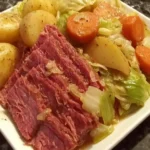
Smoked Sausage with Green Beans and Baby Potatoes
- Total Time: 45 mins
- Yield: 4 1x
Description
This hearty one-pot meal combines smoked sausage, green beans, and baby potatoes in a flavorful sauce for an easy weeknight dinner.
Ingredients
- 1 lb smoked sausage or kielbasa, sliced
- 1 lb fresh green beans, trimmed
- 1.5 lbs baby potatoes, halved
- 1 cup chicken broth
- 1 onion, sliced
- 2 cloves garlic, minced
- 1 tsp paprika
- salt and pepper to taste
- 2 tbsp olive oil
Instructions
- Heat olive oil in a large pot over medium-high heat.
- Add sliced sausage and cook until browned, about 5 minutes.
- Add onion and garlic, cook 2-3 minutes until softened.
- Add potatoes, green beans, broth, paprika, salt, and pepper.
- Bring to a boil, then reduce heat and simmer covered for 20-25 minutes until potatoes are tender.
- Serve hot.
Notes
Leftovers can be stored in an airtight container in the refrigerator for up to 3 days. Reheat in the microwave or on the stove.
- Prep Time: 10 mins
- Cook Time: 35 mins
- Method: Main Course
- Cuisine: American
Nutrition
- Calories: 450
- Sugar: 5g
- Fat: 25g
- Carbohydrates: 35g
- Protein: 20g
